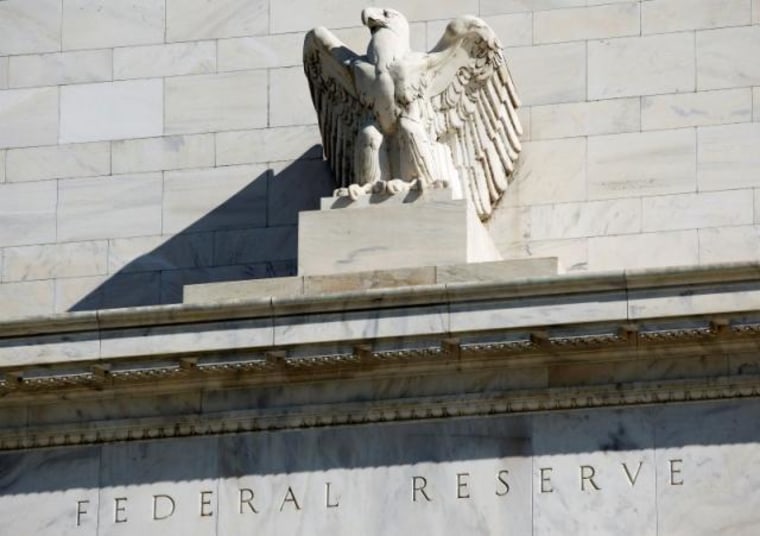Federal Reserve officials who favor hiking interest rates worry that waiting too long could send the country into recession.
At an unusually divisive Federal Open Market Committee meeting in September, hawkish members said history holds a worrisome lesson for a central bank that has kept a historically accommodative monetary policy in place for the past eight years.
"A few participants referred to historical episodes when the unemployment rate appeared to have fallen well below its estimated longer-run normal level. They observed that monetary tightening in those episodes typically had been followed by recession and a large increase in the unemployment rate," said a summary of the meeting released Wednesday.
The worry is that if the Fed waits too long, it could be forced into having to raise rates aggressively to slow the economy.
Slow growth
Ultimately, the FOMC decided not to hike. The dovish side argued that the economy is still growing slowly – GDP for the first half of the year was around 1 percent — and that inflation remains muted, meaning that the chances for having to change course abruptly is low.
Three members, however, dissented, looking for the Fed to approve a quarter-point hike that would have been only the second increase in more than 10 years. The "no" votes came from Esther George, Loretta Mester and Eric Rosengren.
With unemployment at 5 percent and inflation making slow progress toward the Fed's 2 percent target, debate has intensified over when the FOMC should start normalizing policy. The Fed took its key funds rate to near-zero in late-2008 during the financial crisis. Along with low rates, the Fed also expanded its balance sheet by some $3.7 trillion in three rounds of a monthly bond-buying program known as quantitative easing.
The decision not to hike came even though members agreed that the jobs market has "improved appreciably" while risks to the economic forecast are "roughly balanced."
The side that argued to wait prevailed on the belief that while "the case for increasing the target range for the federal funds rate had strengthened in recent months," it was "appropriate to await further evidence of continued progress toward the Committee's statutory objectives," the meeting minutes said.
New forecasts
Officials at the meeting also reduced their expectations for economic growth and cut the expected path of rate hikes from the June forecasts. The new forecast now sees one hike this year, two in 2017 and three each in 2018 and 2019.
The December 2015 summary of economic projections indicated committee members expected four quarter-point hikes this year; they have approved none so far.
Traders expect the Fed to announce a hike in December, though the probability is less than 60 percent.
Overall, FOMC members felt the economy was making progress though they continued to worry over business investment. Some members at the meeting noted that weakness in capital expenditures is starting to expand beyond energy and into other sectors.
The decision not to hike was a "close call" as some members worried that the Fed "risked eroding its credibility" by not hiking as the data approaches and eclipses target levels, the minutes said.
